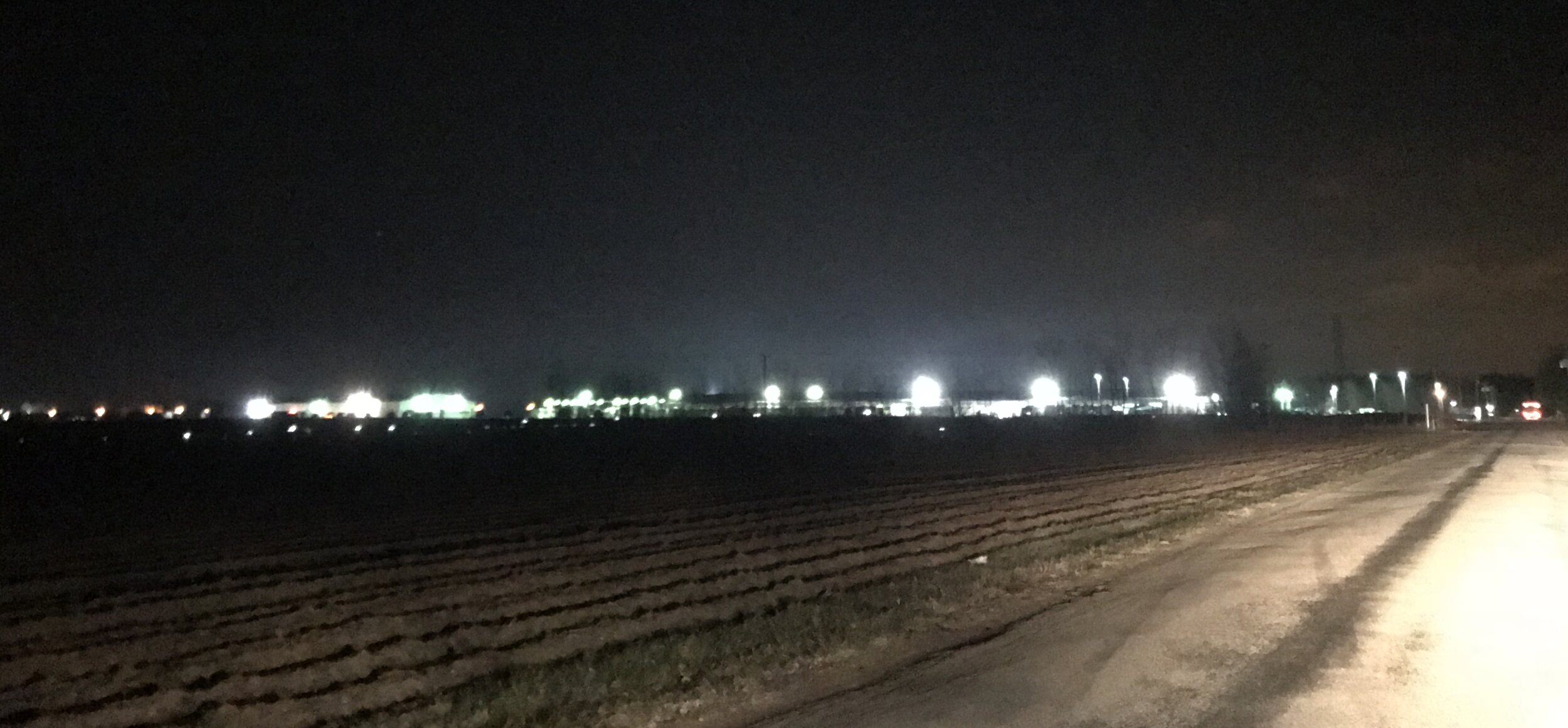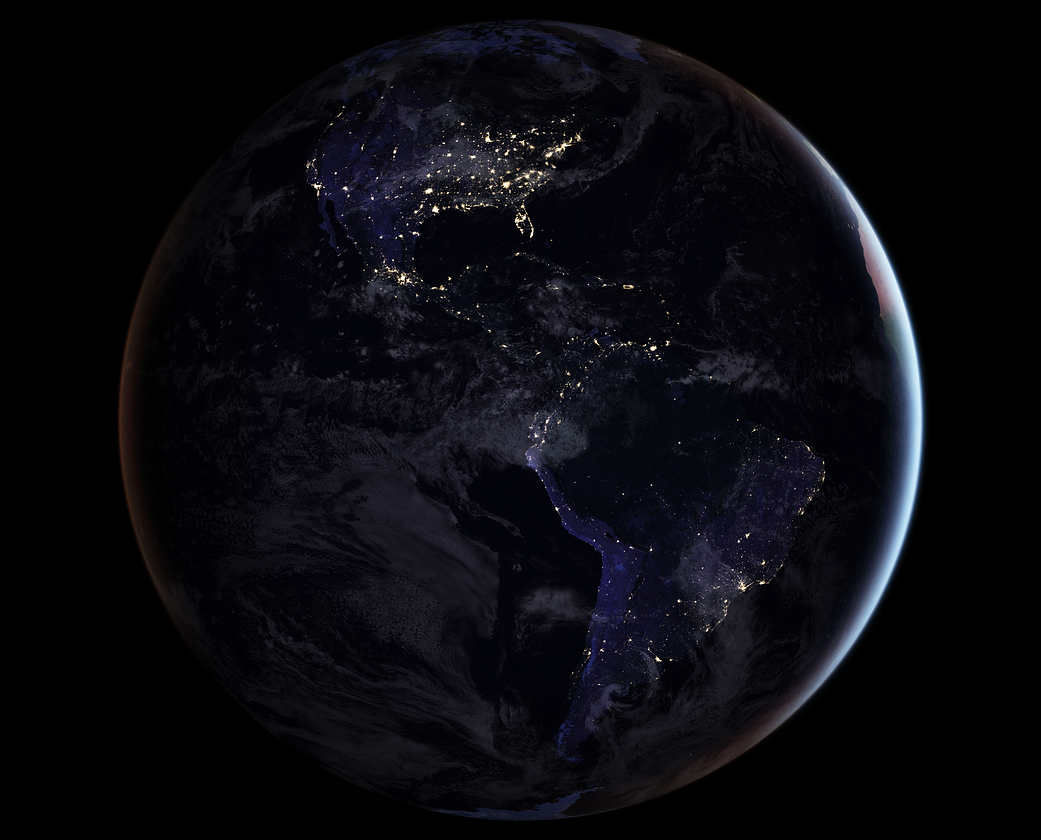
Impact of IEC on the Nightscape
Half of life is from sunset to sunrise.
Sky Survey Over IEC
A sky survey over the proposed Indiana Enterprise Center quantified the existing level of light at night. From 2018 blog post Results of Sky Survey Near New Carlisle:
An effort is underway to quantify the sky glow above western St. Joseph County, IN, to establish its baseline status before the region is developed further. On June 5, 2018, I conducted a second sky survey near New Carlisle Economic Development Area using hand-held Sky Quality Meters (SQMs) and a Dark Sky Meter (DSM) app on my phone. The second survey yielded average SQM readings of 20.46 magnitudes per square arcseconds.
This value from June 5 compares well with the average of 20.22 magnitudes per square arcsecond from the inaugural April 9 sky survey.
The complete survey results were submitted to the County via its online Comments form.
Lighting The IEC
Lighting the Indiana Enterprise Center at night should be done no differently than thoughtful lighting of any site. Sufficient yet sensible, no glare, full cutoff, and LEDs rated 3000K or less.
While IEC literature purports to address light pollution, some advocates of dark skies have not been able to have dialogue with the County planners. Shortcomings in the initial IEC rollout limited public input, further curtailed by 2020 coronavirus protocols.
Of course, the best option is to find value in the current circumstances with generally favorable night skies east of New Carlisle, IN. Any development will impinge on the quality of the night sky. County building code is not sufficient by itself to dissuade bad lighting practices.
The task of the community is to decide how much of its nighttime assets it is willing to denigrate for a return on its investment in the IEC mega-development. Through 2020, public input opportunities have been lacking while the County keeps funding the IEC.
County personnel wishing to address light pollution issues and solutions related to the IEC can contact Chuck Bueter.
Night Matters
Night free of light pollution has intrinsic value.
The grandeur of a star-filled sky has stirred human minds for millenia. In the darkness we have discovered the immensity of the universe. Emotionally, nighttime under the firmament can be cathartic.
Physiologically, darkness is requisite for life. We evolved through a cycle of day and night. Louis Armstrong reminds us how that visceral part of our well-being still exists.
“I see skies of blue
And clouds of white
The bright blessed day
The dark sacred night”
Your body calibrates its internal clock each rotation of earth. That innate circadian code is why bluish lights at night keep you active late. Your body thinks it’s those daytime “skies of blue” when you should be alert, not sleeping.
Light pollution in general and blue-rich lights (e.g., LEDs rated greater than 3000K) in particular impinge upon your well-being and the animal kingdom’s alike.


